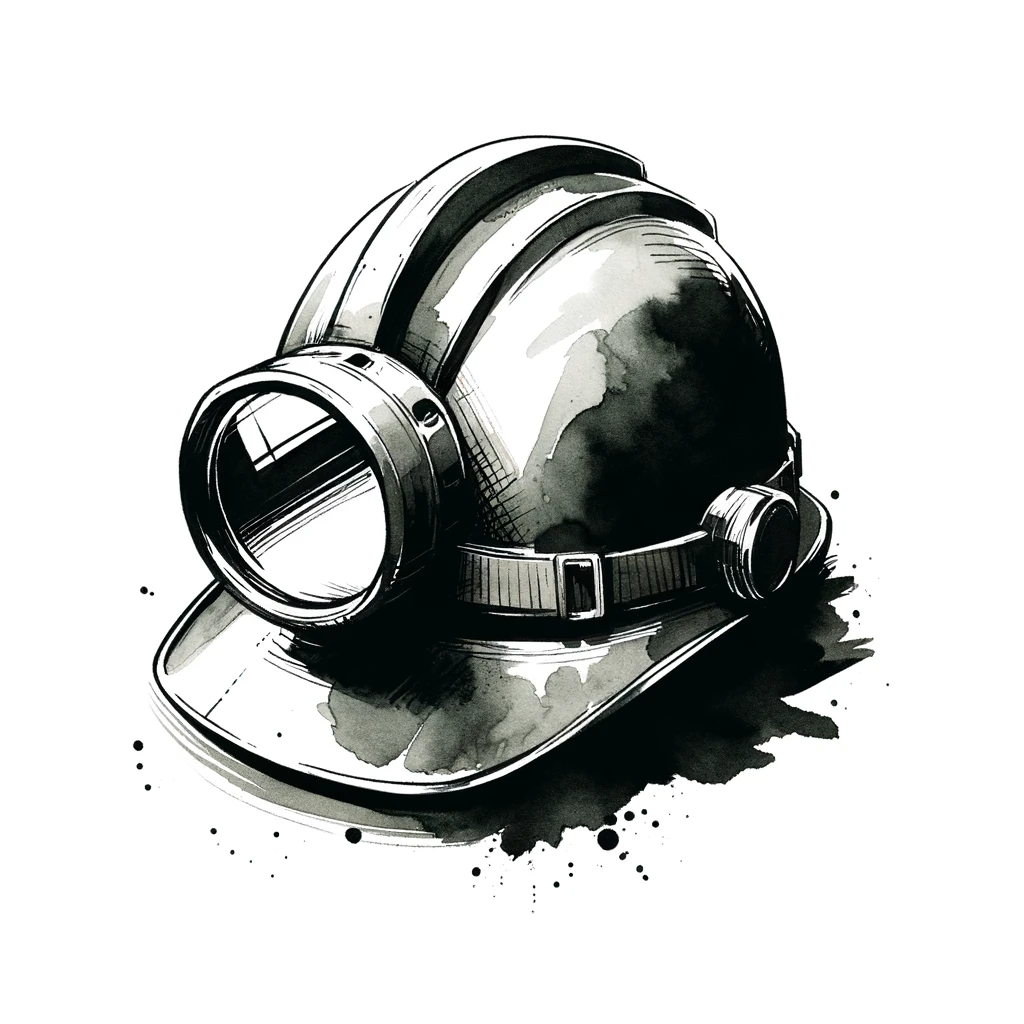
The Alarming Rise in Suicide Rates Across Industries: A Closer Look at CDC’s Latest Findings
Suicide is a complex and deeply personal issue, yet it often reflects broader societal trends. The recent article, “Suicide Rates by Industry and Occupation — National Vital Statistics System, United States, 2021,” offers crucial insights into how this tragic phenomenon is impacting various sectors of the American workforce.
A Disturbing Trend: Rising Suicide Rates
The Centers for Disease Control and Prevention (CDC) reports a 33% increase in the suicide rate among the U.S. working-age population over the last two decades. This stark rise calls for an urgent examination of the factors at play, particularly in the workplace.
High-Risk Industries and Occupations
Data from 49 states reveal concerning trends in specific industries and occupations. The highest suicide rates are observed in Mining, Construction, Arts, Entertainment, Recreation, and Agriculture, Forestry, Fishing, and Hunting. Occupations like Construction and Extraction, Farming, Fishing, Forestry, Personal Care and Service, and Arts and Media show particularly elevated rates.
Implications for Public Health Practitioners
These findings are more than statistics; they are a call to action for public health practitioners. The workplace can be a critical setting for suicide prevention strategies. It’s crucial to understand the unique stressors and risks associated with different industries and occupations to tailor effective prevention measures.
Public health professionals can play a pivotal role by disseminating evidence-based prevention strategies, promoting mental health education, and advocating for supportive workplace policies. Collaboration with employers, employees, and mental health professionals is key to creating safer and more supportive work environments.
Addressing the Issue: A Comprehensive Approach
Preventing suicide in the workplace requires a multifaceted approach. It involves creating a supportive environment, limiting access to lethal means, providing peer support, enhancing access to mental health services, and reducing stigma. Integrating these strategies into existing workplace policies can make a significant difference.
Moving Forward: A Call to Action
The increase in suicide rates across various industries is a public health crisis that requires immediate attention. As we better understand the risk factors, public health practitioners are uniquely positioned to lead the way in implementing effective prevention strategies. We can aim to reverse this alarming trend by working together and saving lives.
The CDC’s report is a critical resource for understanding the intersection of industry, occupation, and suicide risk. As we continue to navigate the challenges of the modern workplace, it’s more important than ever to prioritize mental health and suicide prevention.
Transform Information into Action – Subscribe Now!
Your key to unlocking the power of public health knowledge awaits! ‘This Week in Public Health’ is not just a newsletter; it’s a catalyst for informed action. With a focus on cutting-edge research, community health successes, and advocacy insights, each issue empowers you to make a tangible impact. Subscribe for free and turn information into action today!



